
Heat or Ice? Which to Use for Back Pain, Pulled Muscles, and More
Heat or ice?
Recently, after an aggressive workout, I noticed that my hip felt tight and sore. A few days of stretching didn't bring any relief, so I tried a heating pad to loosen things up. When my doctor recommended ice instead, I was surprised. But my MD was right-in the end, it was a cold pack that cured my pain.I'm not alone in being unsure about when it's better to use cold or heat for aches and injuries. "There's definitely confusion-even for doctors-because there simply isn't much clear-cut evidence to guide doctors one way or another," says Anne Rex, DO, a primary care sports medicine physician at Cleveland Clinic Sports Health.A good rule of thumb is to consider the timing of the injury. Is it new? "When it comes to acute pain, inflammation, and swelling, ice tends to win out," says Dr. Rex. Cold slows the blood flow to an injury, reducing pain and swelling. Heat, on the other hand, increases the flow of blood and oxygen, helping to repair damaged tissue-which can make it a better choice for older or chronic problems. "For an injury that's older than six weeks, heat may help restart the healing process," says Evie Vlahakis, a physical therapist in New York City. Read on to discover your best remedy. (Note: If you have diabetes or any circulatory problems, such as Raynaud's disease, check with your doctor first.)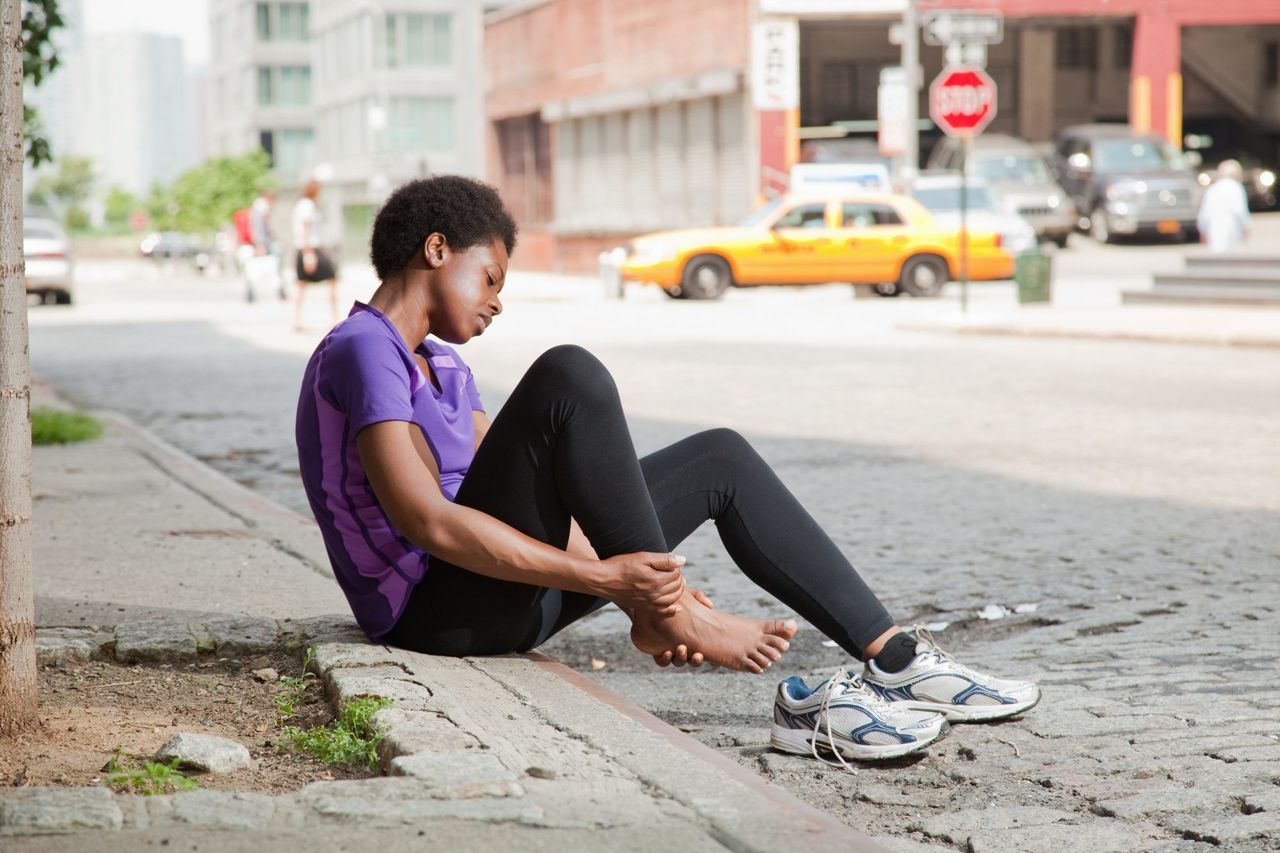
Sprained ankle
Ice
The best treatment for a sprain-as well as any new joint pain, swelling, or injury to muscular or soft tissue-is ice, coupled with rest, compression, and elevation (the combo is known as RICE). Wrap the injured area with an elastic bandage and prop it up on pillows above the level of your heart. Apply ice 30 minutes on, 20 minutes off for the first 35 to 48 hours after the injury, says Michael J. Joyner, MD, a physiologist and anesthesiologist at the Mayo Clinic. "Use a ziplock bag filled with crushed ice cubes, a frozen gel pack, or a bag of frozen peas molded over the muscle or joint," recommends Vlahakis. Place a towel under the ice to avoid skin irritation.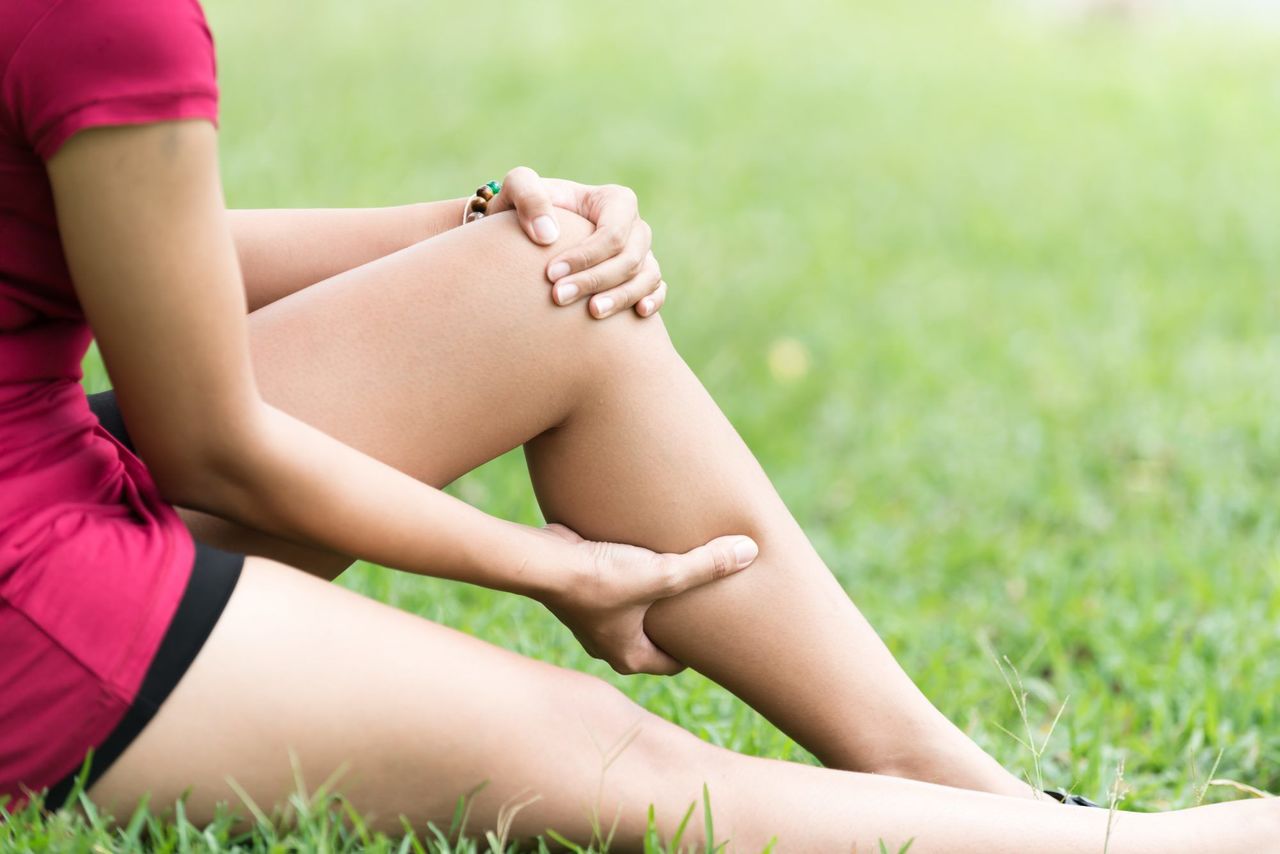
Pulled muscle
Ice, then heat.
Hamstring or glute feeling tight after a tough workout? "A new pulled muscle should be pulled as soon as possible, because you want to stop the inflammation," says Dr. Rex. But if the muscle takes weeks to heal or tends to act up down the road, try a warm compress-especially right before you exercise. And don't just jump into that workout. "Rolling and moving the muscles before exercising dilates the blood vessels, which warms the muscles and ensures they're supplied with oxygen," says Dr. Joyner. "That helps increase flexibility and prevent further injury."
Menstrual cramps
Heat.
"With cramps, you're not really suffering an injury," says Mary Jane Minkin, MD, clinical professor of obstetrics, gynecology, and reproductive sciences at Yale University School of Medicine. The uterine muscle is tensing up and simply needs to relax, which a warm heating pad accomplishes, she explains: "The heat may stop the production of prostaglandins-hormone-like chemicals produced by the uterine lining after ovulation-which stimulate the contraction of normally smooth uterine muscle."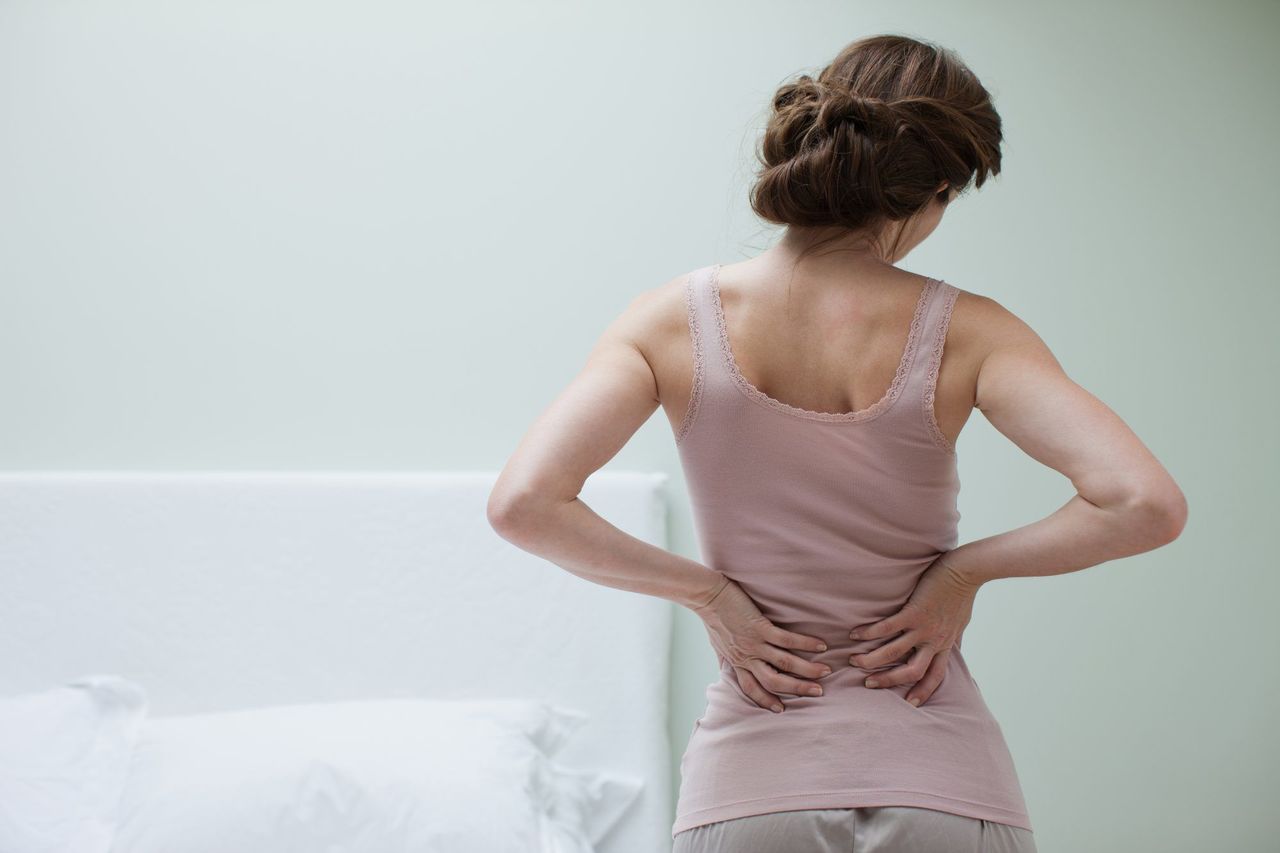
Lower back pain
Ice or heat.
You shoveled the driveway and now your back is killing you. While you may be tempted to sit down on a heating pad to chase away the chill, if it's a new injury-your back hasn't bothered you before-you should reach for an ice pack. But if your back always seems to act up in the same spot? You could have underlying arthritis, and warmth may improve it. "Check with your doctor if you haven't experienced any relief after icing for 48 hours," says Dr. Joyner. "She might suggest heat instead."
Headache
Ice or heat.
"Ice has a numbing effect, which can help with headache pain, especially migraines," says Fiona Gupta, MD, a neurologist at North Jersey Brain and Spine Center. Place an ice pack on the painful spot in 10-minute intervals for 30 to 60 minutes. Cold on the front of the neck may work, too: One study found that applying a frozen neck wrap there (targeting the carotid arteries) at the onset of a migraine significantly reduced pain. However, for some, heat can help by relaxing tense head and neck muscles. Dr. Gupta advises using a heating pad in 10-minute intervals for 30 to 60 minutes.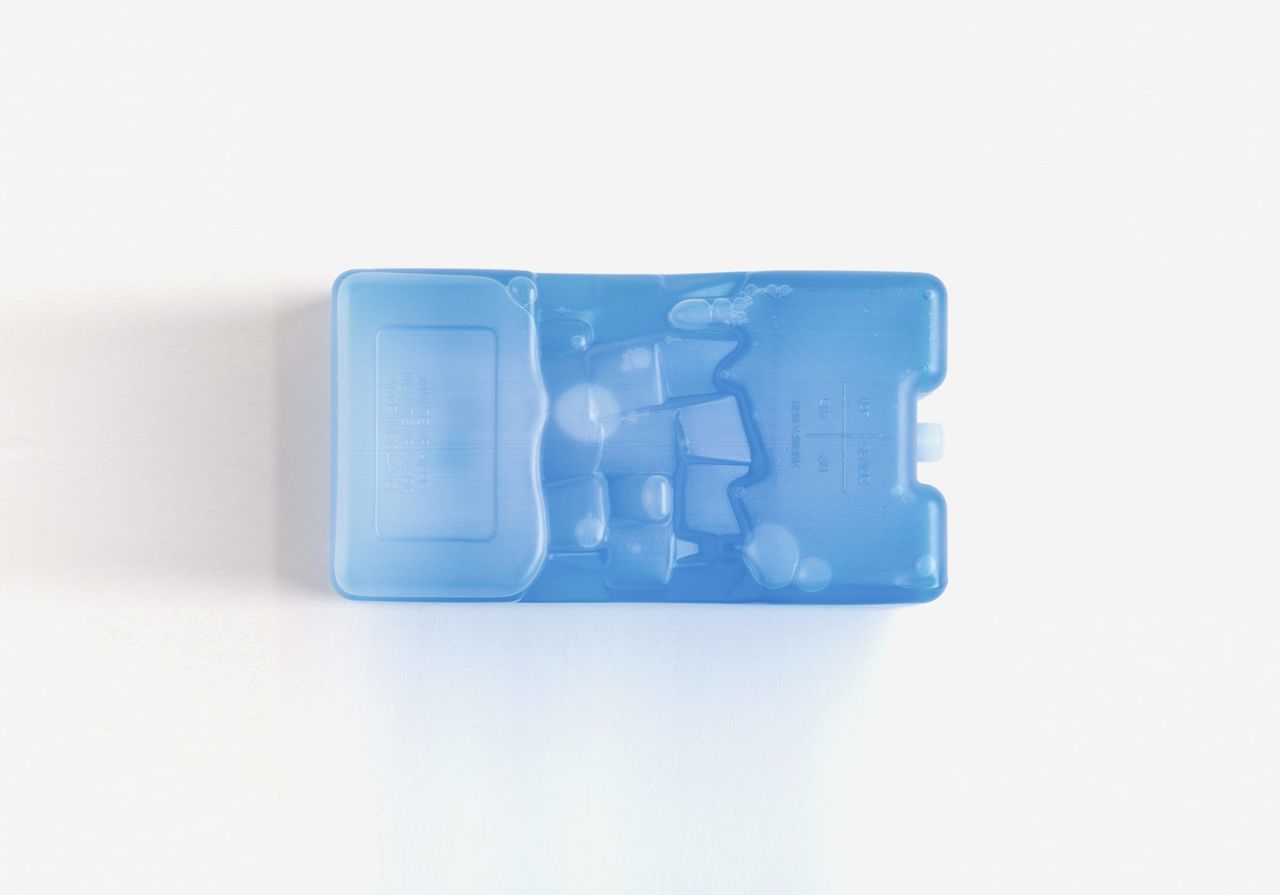
Hemorrhoids
Ice, then heat.
A cold pack will immediately reduce blood flow to the hemorrhoids, which are basically swollen and inflamed veins. "When they flare up, use an ice pack," says Dr. Minkin. "Once you've got them under control, you can try a warm water sitz bath, which is soothing." She also suggests using a hair dryer on low heat after a shower or bath to keep the area dry and prevent irritation. "Then you can use an over-the-counter hemorrhoid treatment cream."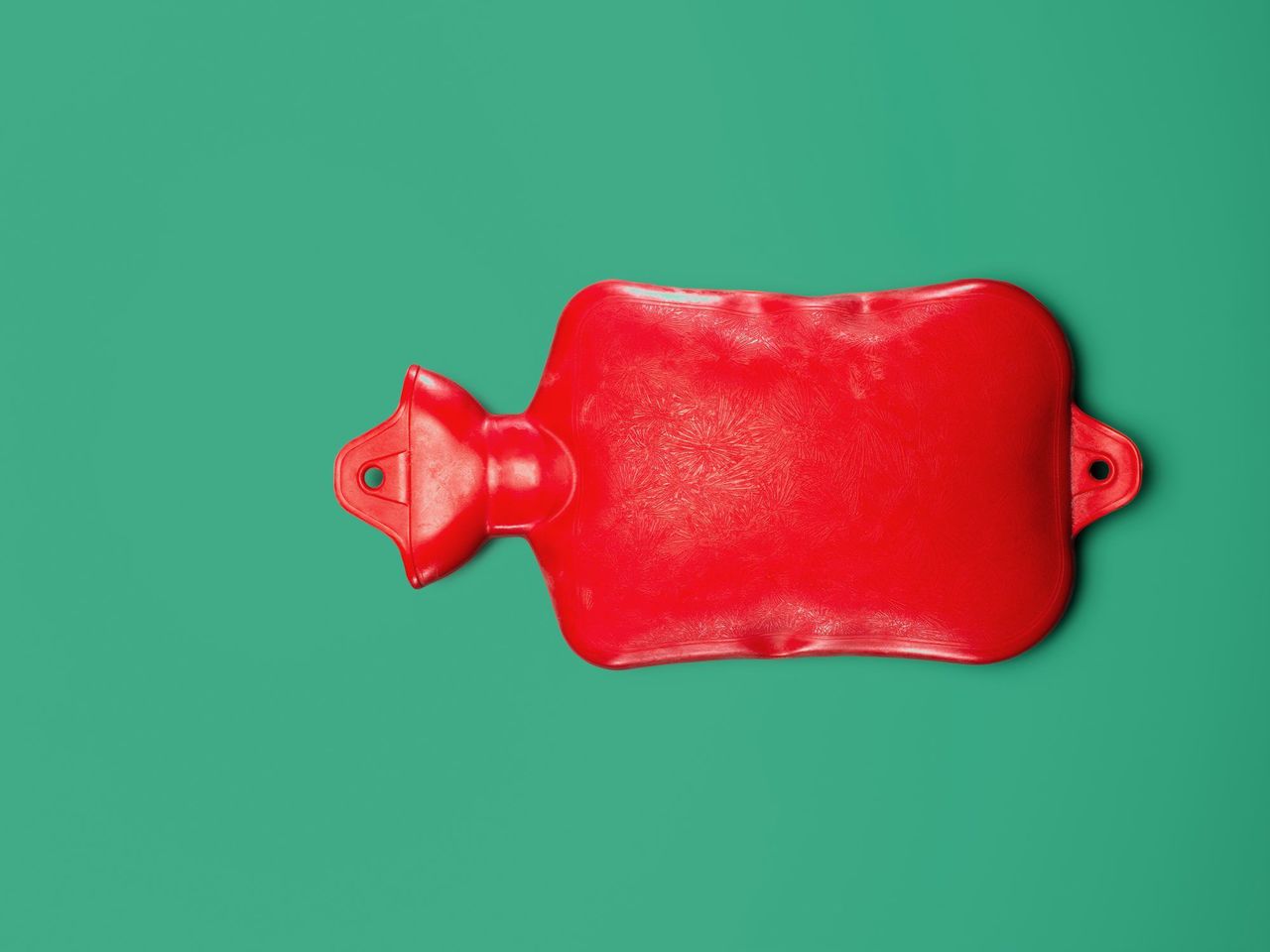
Arthritis
Heat.
"Arthritis-chronic, painful inflammation of the joints-generally responds well to warmth," says Dr. Joyner. Not only does the heat soothe and relax stiff muscles and joints, it also increases circulation, delivering more blood and nutrients to the area, adds Dr. Rex. Use a microwavable heating pad or an old-fashioned hot water bottle wrapped in a towel. Aim to apply it for only 15 to 20 minutes while lying or sitting in a relaxing position, advises Vlahakis. You could also try moist heat—a warm, damp washcloth, for example. Dr. Rex warns against electrical heating pads, which can be dangerous if you fall asleep while using one.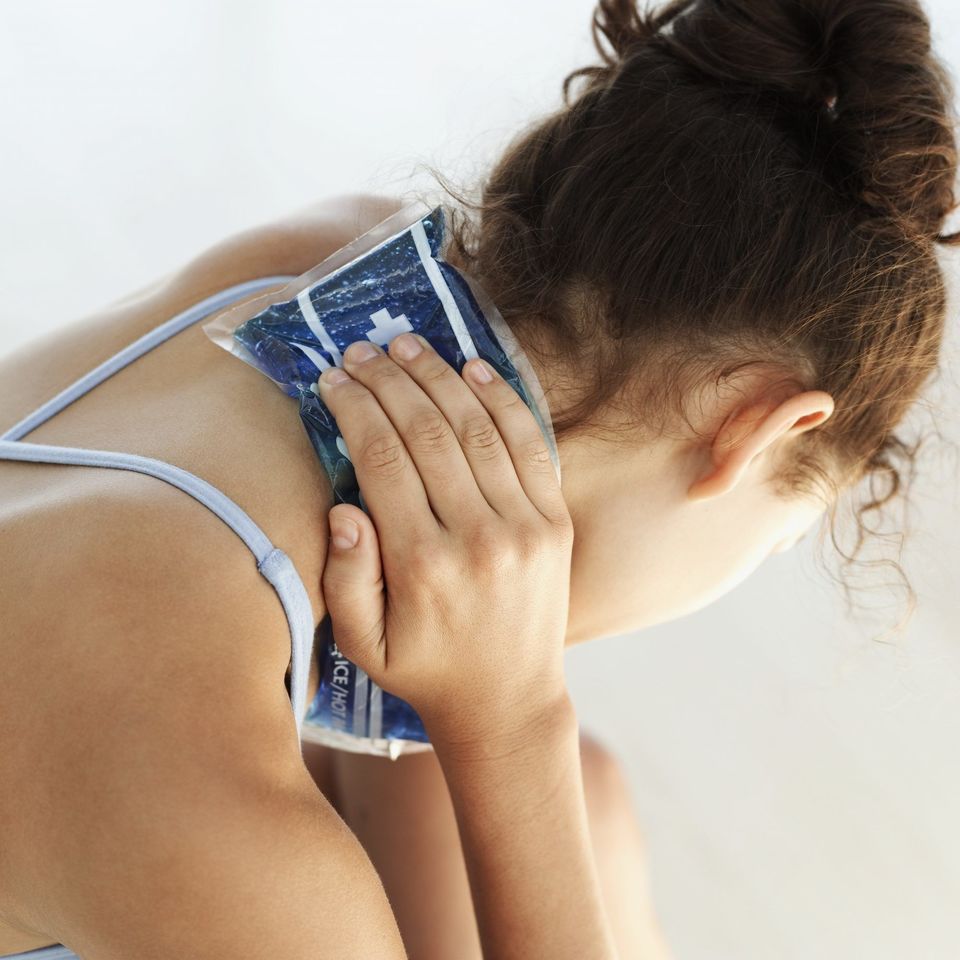
Stiff neck
Ice.
Slept funny and woke up with a painful crick in your neck? Hit it with a blast of cold. "A stiff neck is definitely an acute injury, and the quicker you ice it down, the quicker it will feel better," says Dr. Rex. Look for a way to mold the cold to your neck. One good option: Soak a towel in icy water, then wring it out and place it on the back of your neck.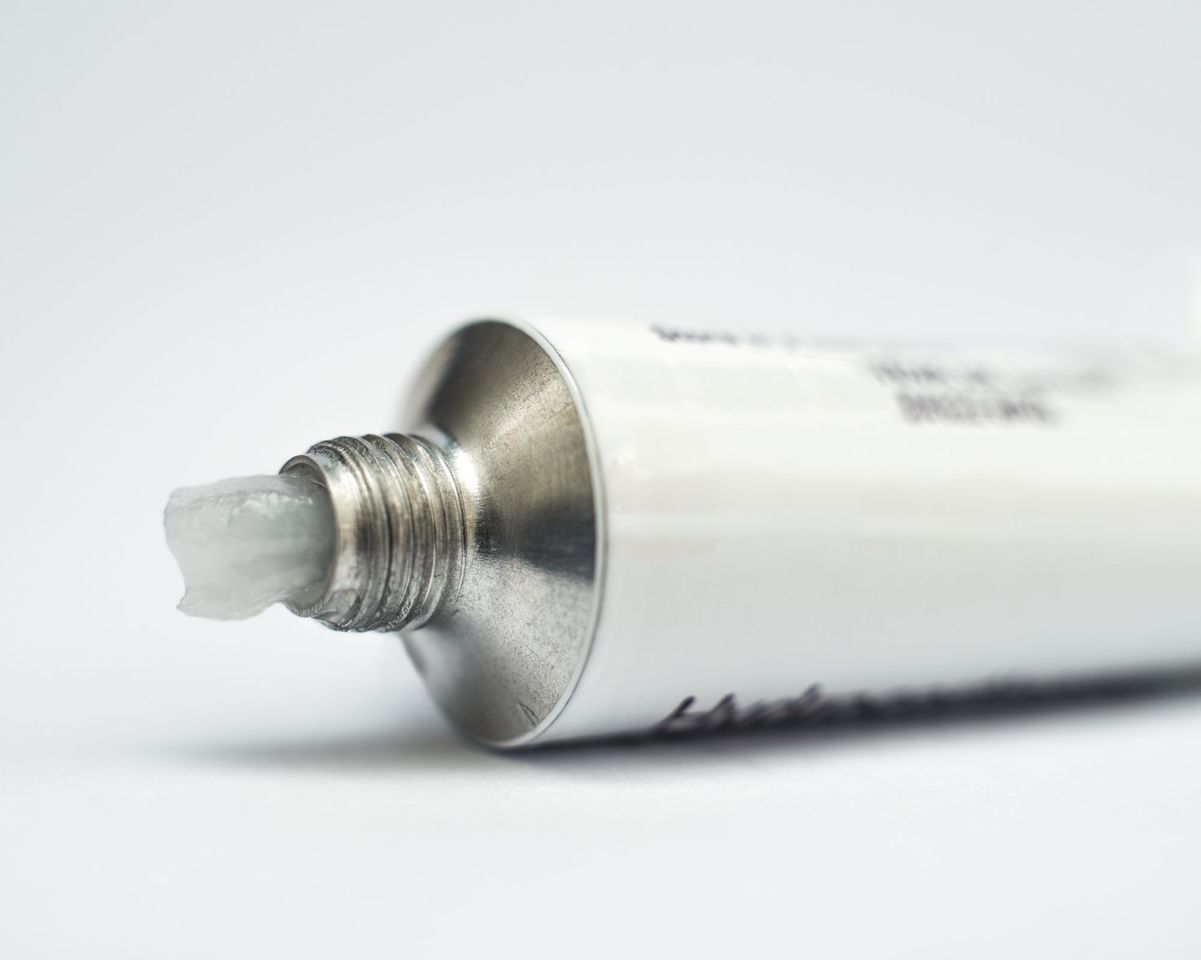
What about hot-cold creams?
Wondering what's up with those sports creams that claim to be cold or hot (or both)? Many contain menthol or camphor, which creates a superficial cooling effect that can distract you from pain. A warming sensation is produced by capsaicin (that's the ingredient that makes chili peppers spicy), which can interfere with pain signals in the body. But these creams can't actually change the temperature of your skin, says Dr. Rex.











